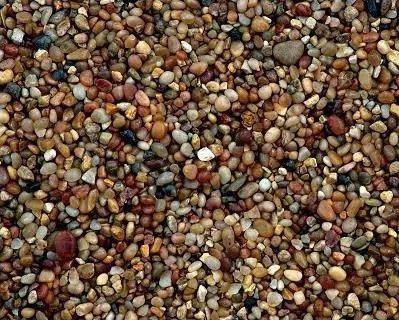
Small aquarium gravel turns out to be a reasonably good filter media. If one fills a canister with bags of cheap aquarium gravel the canister will be a much better filter than say a canister filled with expensive ceramic media. This is very surprising but it is true!
Considering that small gravel can be sometimes obtained quite inexpensively, small gravel (must be smaller than a quarter of an inch) can be a very price effective filter media. While the surface area is half that of pot scrubbers or static K1, the cost can sometimes be as low as one tenth on a volume basis. This makes just good old small aquarium gravel a very good media for large sumps and even large canisters if cost is important to the hobbyist.
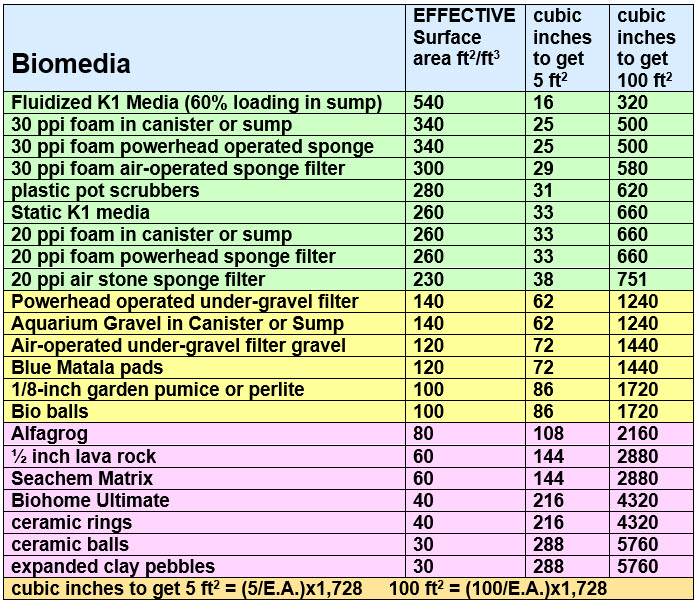
Calcined Clay
Calcined clay is what some kitty litters and some oil absorbents are made of. The biggest reason people might choose to use calcined clay over a traditional aquarium filter media is that it’s much cheaper. Calcined clay will be the equivalent of aquarium gravel in the list above, which makes it probably the most cost-effective filter media that there is.
Some cat litters are not calcined (fired) sufficiently to maintain structural integrity (hardness) under water for long durations of time – in other words they turn to mush. Any clumping cat litter will turn to mush. A much better option is to use an oil absorber found in the automotive hardware section of the store. Safe-t-sorb from Tractor Supply is incredibly cheap and very effective as a media. It maintains its structure and does not “break down” into mush.
All calcined clay products will be very dusty, and the first use will require a lot of rinsing.
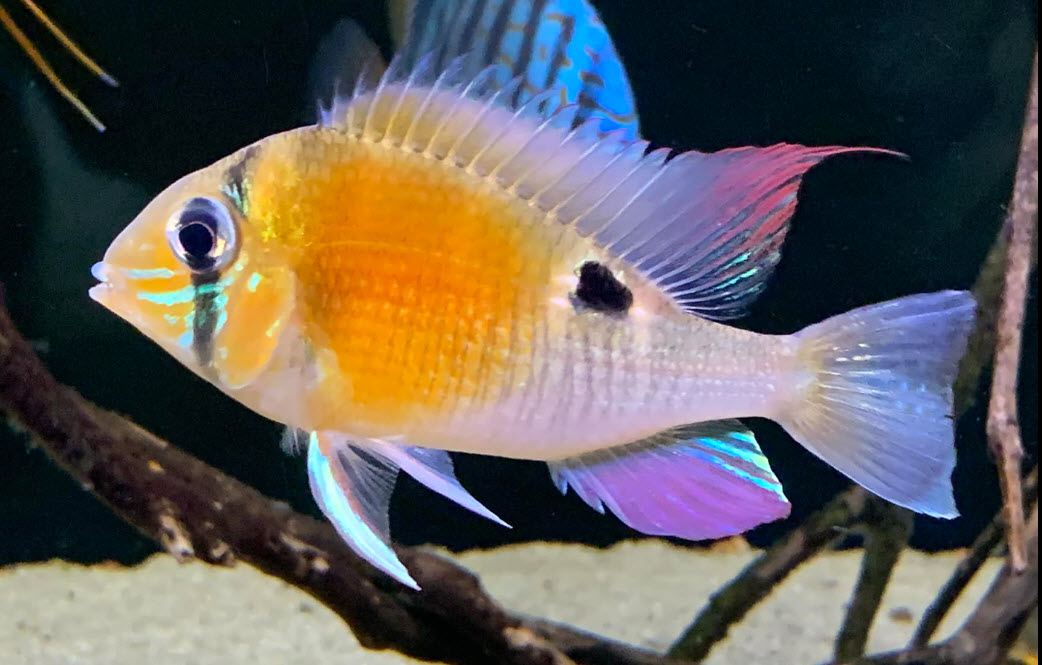
Gravel in Under-Gravel Filters
Note gravel is very useful in under-gravel filters. And contrary to all the barrage of negative comments from well meaning but ill informed commentators, under-gravel filters work very well. An air operated under gravel filter will give a biofiltration capacity of roughly 150 square feet per cubic feet of gravel. A powerhead operated high flow under-gravel filter will give an effective biofiltration capacity of about 180 feet squared per cubic foot of gravel.
More about under-gravel filters can be found at this line:
8.5. Under Gravel Filters
ALL under-gravel filters work very well simply because there is such a large volume of media if the gravel is one to two inches deep over the under gravel filter. Under gravel filters work very well IF AND ONLY IF they are not frequently cleaned. I use under gravel filters in ALL my non-planted fish only tanks (16 last count) in addition to other filters such as sumps. I love under-gravel filters.
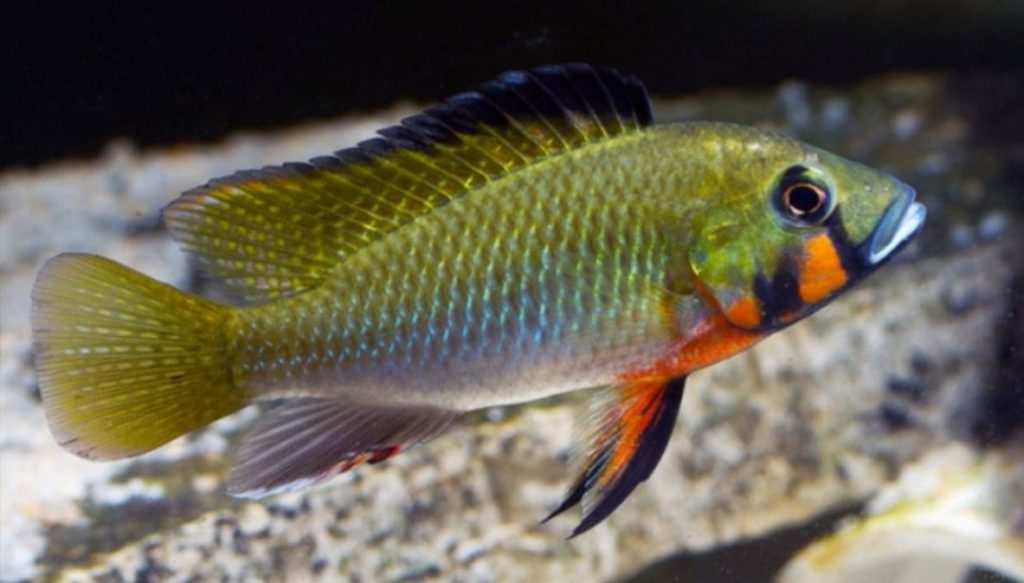
Aquarium gravel doesn’t have the ability to aerate water well in a trickle or wet/dry filter, so it can’t be used there. What is missed here is that aquarium gravel is very effective in bags in a canister or in bags in a submerged media sump filter. It is the easiest media to use, one of the cheapest and one of the most effective. And no one uses it. The power of the modern marketing machine and the profit motive at work.
Many filters use activated carbon in bags or beds. If this carbon is changed frequently it is relatively useless for biofiltration. If it is left in place for two weeks or more its tiny pores clog up and it becomes simply a biomedia covered in beneficial bacteria. It then has a purpose equivalent to what aquarium gravel will do.
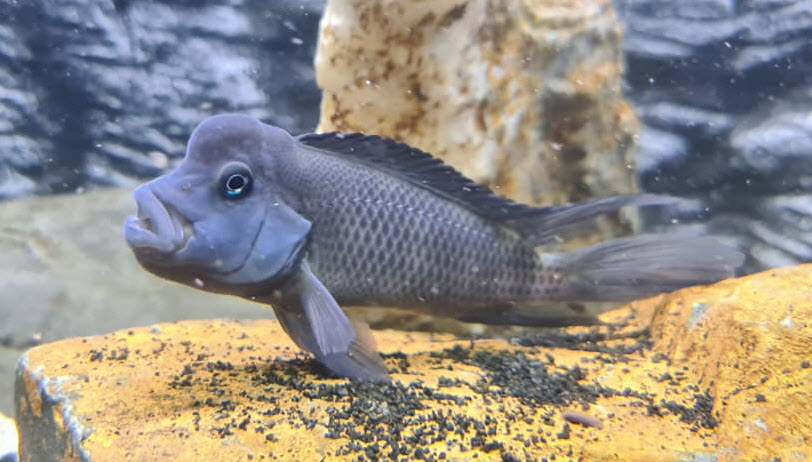
Is a Gravel Substrate Effective as a Biofilter?
When aquarium gravel is used simply as a substrate it can act as ineffective biofilter, even if it is not setup as an under-gravel. The ammonia filled water diffuses in and out of the substrate slowly and allows bacteria on the surface of the substrate to remove some small amounts of ammonia. But without an under-gravel filter the flow of the water is too low to do really good biofiltration. But the surface area is so great that gravel substrate can still do some very limited biofiltration.
Testing showed that a gravel substrate can remove about 25% of the ammonia that a sponge filter can remove. This testing can be found at this link:
8.1.1. Filter Test
.
Return to Filter Media Menu
Return to List of Media Menu
.
Aquarium Science Website
The chapters shown below or on the right side in maroon lead to close to 400 articles on all aspects of keeping a freshwater aquarium. These articles have NO links to profit making sites and are thus unbiased in their recommendations, unlike all the for-profit sites you will find with Google. Bookmark and browse!
.

Santi B. says
Hello, Dave.
I bought some oil absorbent sitting now as gravel. I’m worrying if its powder could damage impellers as you wrote on your ceramics review. It was sifted through mosquito screen and rinsed. Do you think I’m in trouble?
Jeremy R says
Hi Dave,
Following on from our conversations about the autowater change with the dechlorinator/ gravel barrel UGL combo. I’ve been trying to find suitable substitute for Aquarium gravel in Australia.
Most decorative stones pebbles are 10mm.
Calcined clay seems to be fine particles for concreting/ bricklaying.
Oil absorbers seem to be zeolite or coconut coir.
Kitty litter seems to be “Zeolite, naturally occurring volcanic clay.” Or clumping Kitty litter is “Bentonite, Naturally Occurring Clay”.
However! An interesting potential point of difference is that scoria here is 3mm to 6mm in size. Is that a suitable substitute, or is zeolite or bentonite? And it will just come down to confirming particle size and $/L?
Thanks so much for the across Pacific product comparison!
Cheers
B z says
I think your numbers for UGF gravel are different from your main filter media table… and kinda inconsistent with the percentage gain in efficiency for air operated sponge vs powerhead operated sponge.